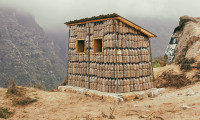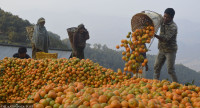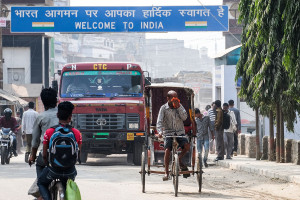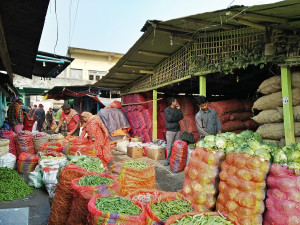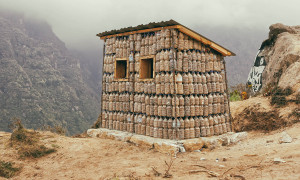Money
Cooking gas ‘shortage’ starts to grip Kathmandu Valley
The shortage of cooking gas has gradually started to hit Kathmandu Valley as supply has been disrupted by protracted strikes in Tarai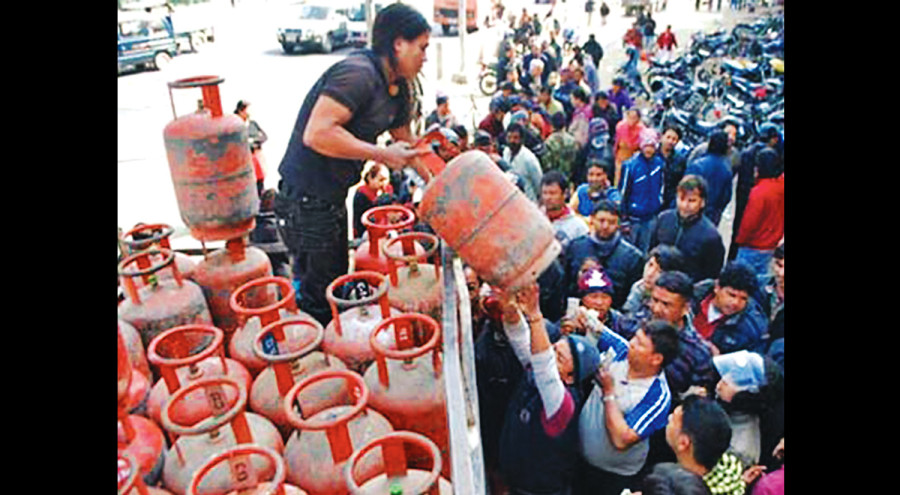
The shortage of cooking gas has gradually started to hit Kathmandu Valley as supply has been disrupted by protracted strikes in Tarai belt over the delineation of provinces in the draft constitution.
Sitaram Shrestha from Capital’s Putalisadak said he could not get the LPG for the last few days. “Although I have registered my order for the last four days, the dealer has asked me to wait for another few days,” he said. The supply had been smooth before the strikes in Tarai.
The Nepal Oil Corporation (NOC) has failed to ship the LPG for the last four days. “Over the period, we received only 11 LPG bullets,” said NOC spokesperson Deepak Baral. A bullet holds gas equivalent of 1,260 cylinders. The country’s daily gas demand stands at 25,000 cylinders.
According to Baral, a total of 165 bullets have been stuck in the Nepal-India bordering areas due to the strikes. Consequently, the bottlers of liquefied petroleum gas (LPG) are unable to receive consignment.
The government has, however, said that it would ensure the availability of essential materials, including fuel, by providing security escort to the LPG bullets.
State Minister for Commerce and Supply Giri Bahadur KC said the government had planned to coordinate with Nepal Army if necessary.
“We are committed to regulate the supply despite the disruption,” he said.
With the market witnessing the LPG shortage, the Federation of Gas Dealers’ Association (FGDA) on Tuesday submitted a memorandum to the NOC urging that the bullets be provided security escort to ship the LPG.
Chandra Thapa, general secretary of the federation, said they had not been able to sell adequate amount of LPG due to shortage.
The NOC, however, said that it has been coordinating with the security forces to bring in the LPG bullets currently stuck in India. “On Tuesday, we had planned to import 33 LPG bullets with security escort,” Baral said.
The Ministry of Commerce and Supply, on the other hand, claims that there was no shortage of cooking gas. “Taking undue advantage of the situation, some dealers could have resorted to profiteering of the product, leading to the artificial shortage,” said Secretary at the Ministry Naindra Prasad Upadhyaya.
There are even suggestions that some gas bottlers might have been hoarding the LPG to sell new cylinders.
Kush Kumar Malli, general secretary of the Nepal LP Gas Industry Association, said he had suspicions over some traders resorting to such practice.
“We have forwarded circulars to our member bottling plants asking them not to sell the new cylinders by creating artificial shortage,” he added. According to Malli, the shortage appeared after they were unable to ferry LPG bullets via Birgunj customs point. “We managed to bring in few quantities of LPG through Nepalgunj, Bhairahawa and Biratnagar customs points in the last few days,” he said.
Thapa of the FDGA also suspects a plot for selling new cylinders behind the current “shortage”. “Consumers have complained that they get cooking gas only if they purchase new cylinders,” he said.
Commerce Secretary Upadhyaya said they would send inspection teams to check if the LPG traders were hoarding the petroleum product. “We will be working in coordination with the NOC and the Commerce Department for the purpose,” he said.




 17.12°C Kathmandu
17.12°C Kathmandu
